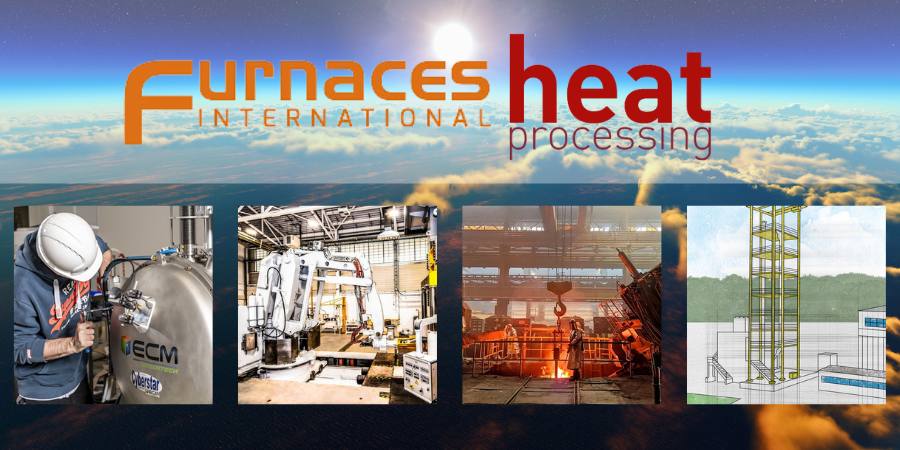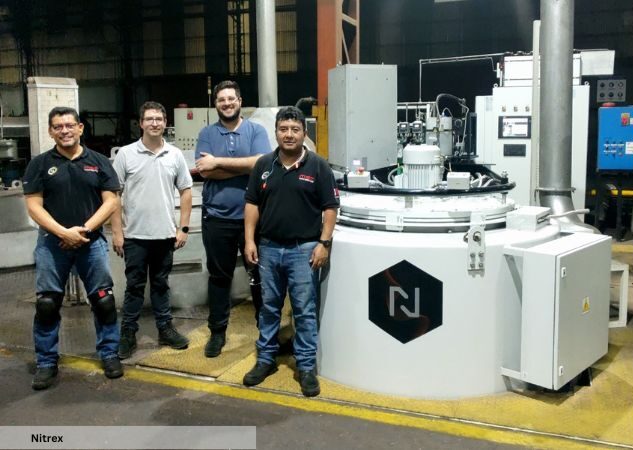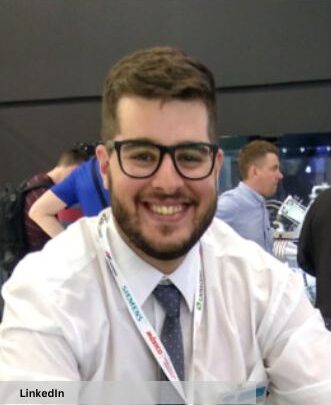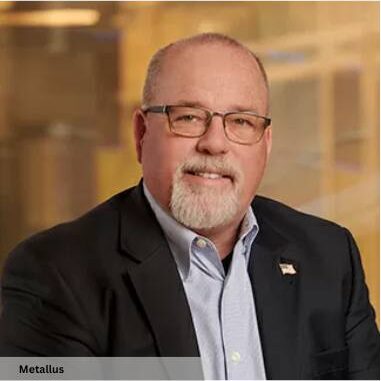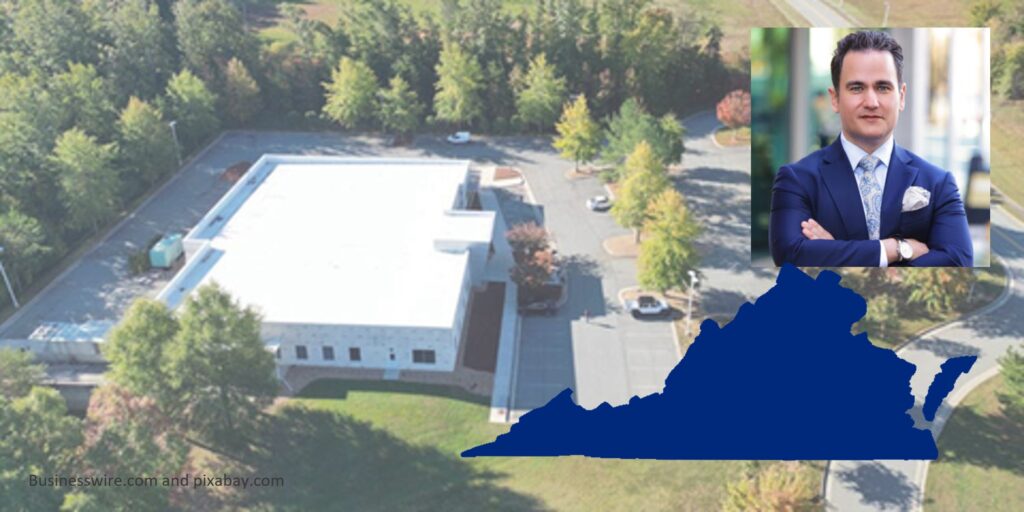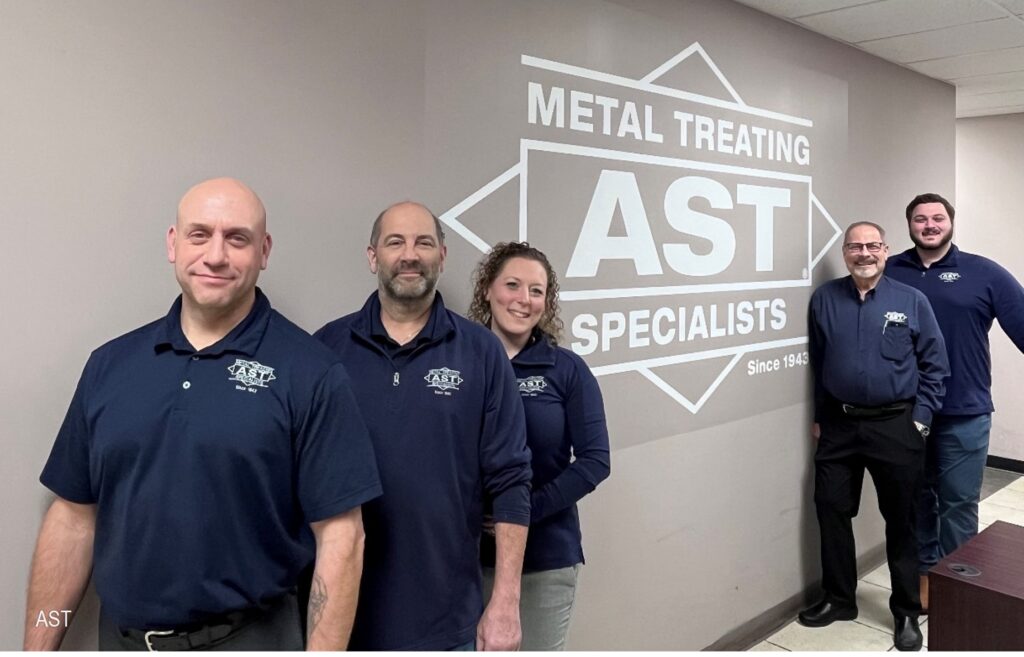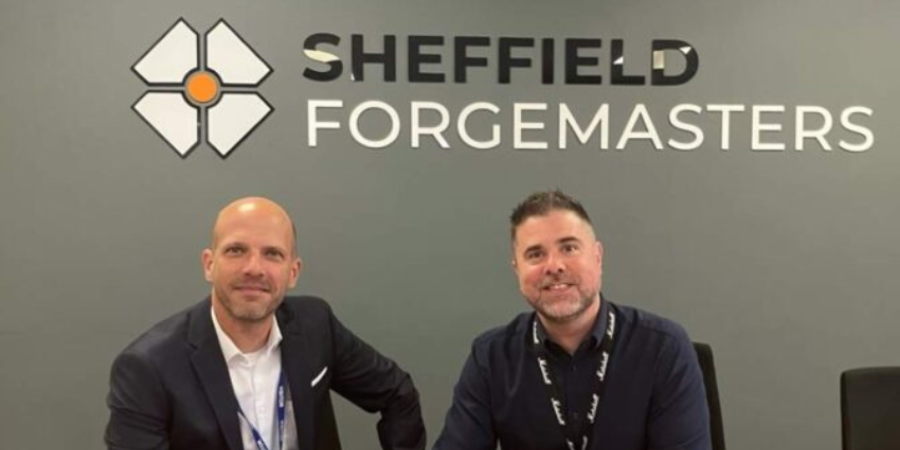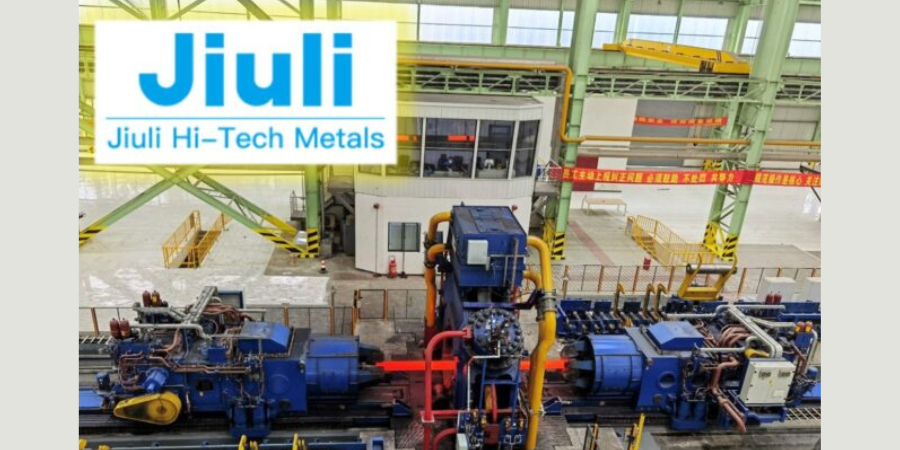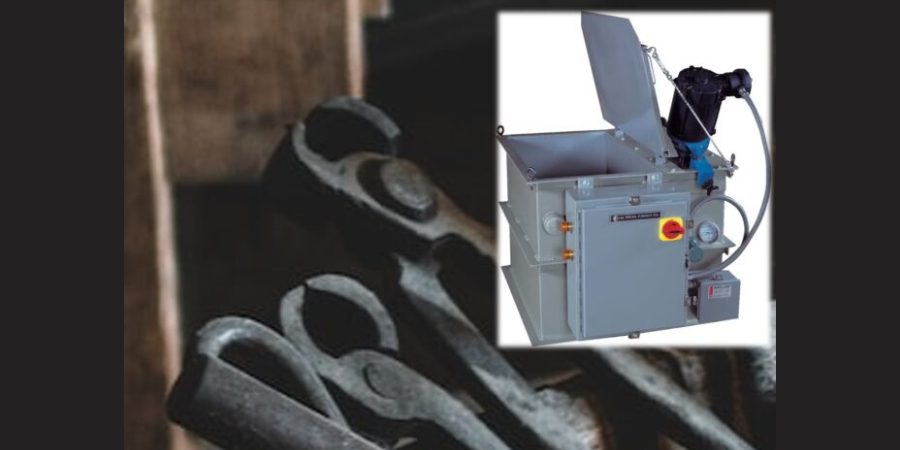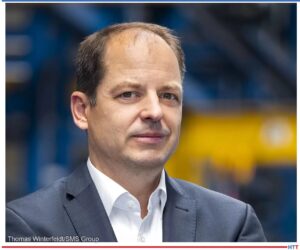News from Abroad: Shifts for Sustainability in Steel
Today’s News from Abroad installment shares exciting news from the steelmaking world that is of international importance.
Heat Treat Today partners with two international publications to deliver the latest news, tech tips, and cutting-edge articles that will serve our audience — manufacturers with in-house heat treat. heat processing, a Vulkan-Verlag GmbH publication, serves mostly the European and Asian heat treat markets, and Furnaces International, a Quartz Business Media publication. primarily serves the English-speaking globe.
French ECM Group Expands with IOS Acquisition in Europe
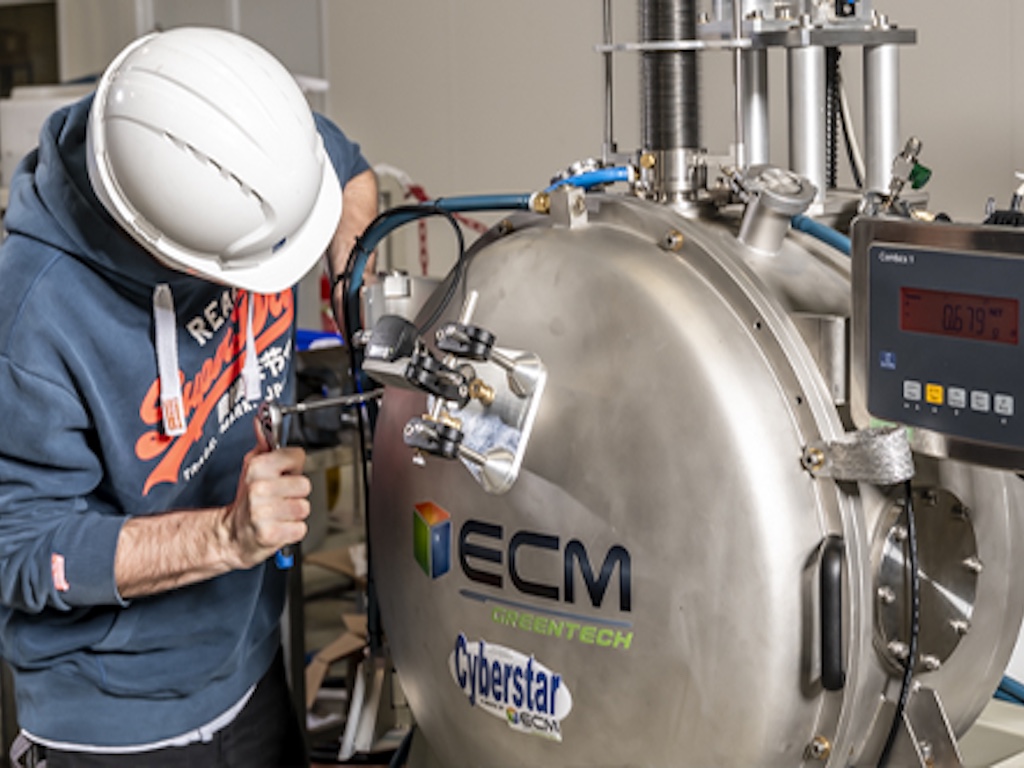
Source: heat-processing.com
“With the acquisition of IOS, the French ECM Group strengthens its presence in Germany and Northern Europe as well as its service activities. The medium-sized company IOS – Industrie Ofen Service is based in Arnsberg (Hochsauerlandkreis) and specialises in the maintenance of industrial furnaces for vacuum heat treatment. IOS currently employs around a dozen people and is mainly active in the German-speaking and Northern European markets. The company has extensive expertise, is a competent partner for its customers and focuses on rapid response and high quality.”
READ MORE: “ECM Group takes over Industrie Ofen Service GmbH” at heat-processing.com
R&D Funds for Forging
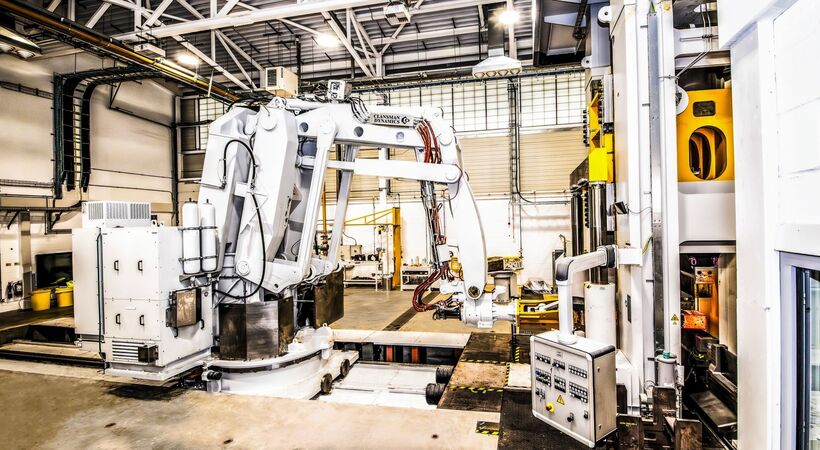
Source: furnaces-international.com
“A research and innovation hot forging platform has announced it [would open] on the 21st March at the University of Strathclyde’s Advanced Forming Research Centre (AFRC), part of the National Manufacturing Institute Scotland, connecting the $75 billion global forging sector with the Scotland-based team and industry-scale testbed, no matter where they are in the world.”
READ MORE: “World unique research hub set to transform the global forging sector” at furnaces-international.com
Forging Facility Folds in Prerov, Czech Republic
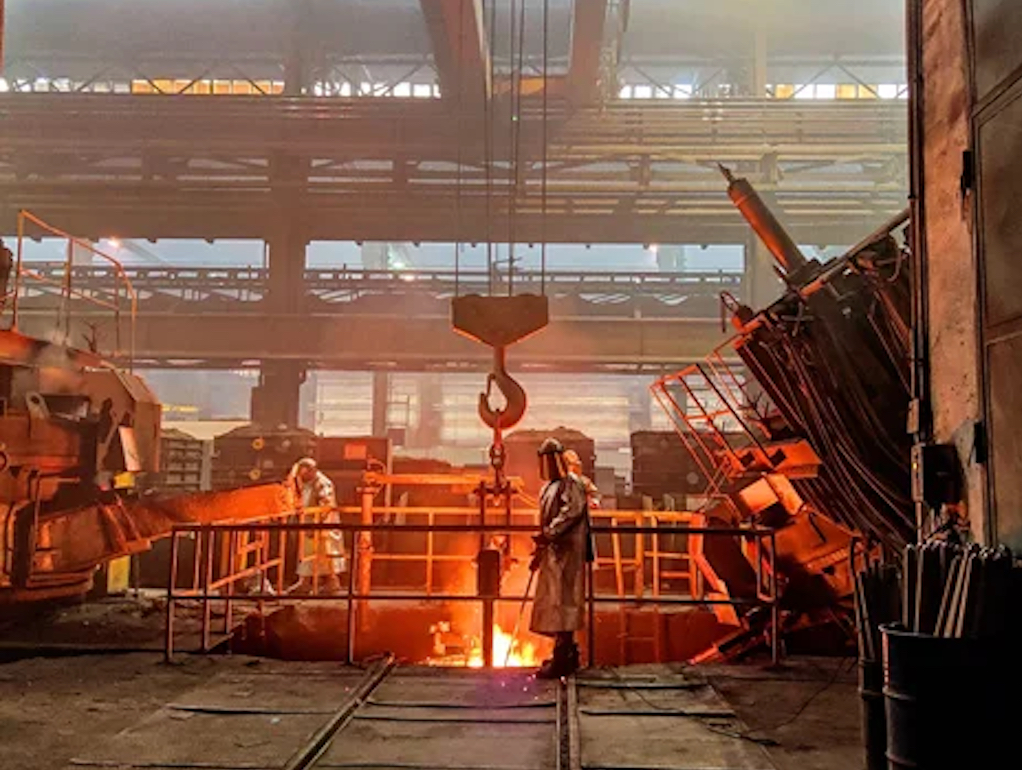
Source: heat-processing.com
“According to the statement of Metso, the decision is based on fundamental changes in the market environment, which have negatively impacted the foundry’s competitiveness. The decision affects around 160 manufacturing-related positions. Operations at the foundry will be ramped down during the second quarter of 2024.”
READ MORE: “Metso shuts down its foundry in Prerov” at heat-processing.com
Tenova Takes on Sustainable Steel with RINA Partnership
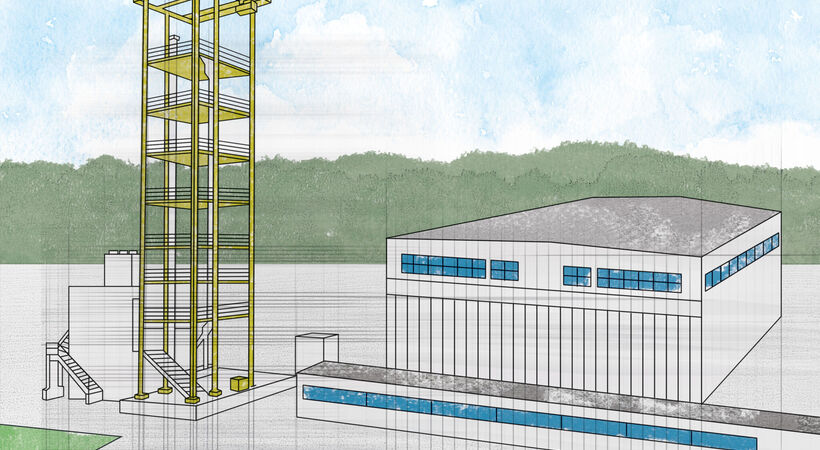
Source: furnaces-international.com
“Tenova, announced it is partnering with RINA on the ambitious European Commission-backed Hydra project. This partnership will drive innovation in sustainable steel production leveraging Tenova’s cutting-edge technologies. The €88M project is funded by the European Commission’s NextGenerationEU and backed by the Italian Ministry of Enterprises and Made in Italy.”
Find Heat Treating Products And Services When You Search On Heat Treat Buyers Guide.Com
News from Abroad: Shifts for Sustainability in Steel Read More »




